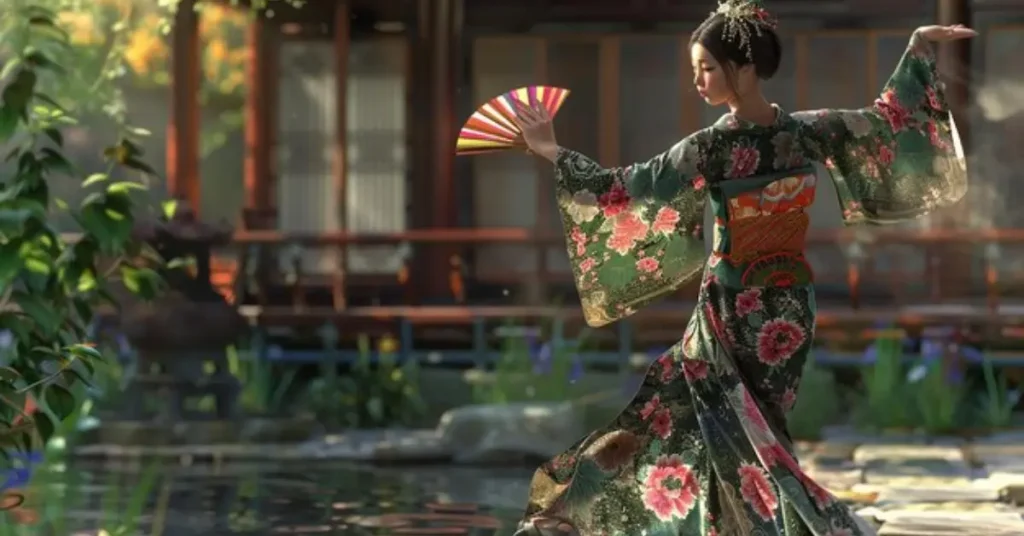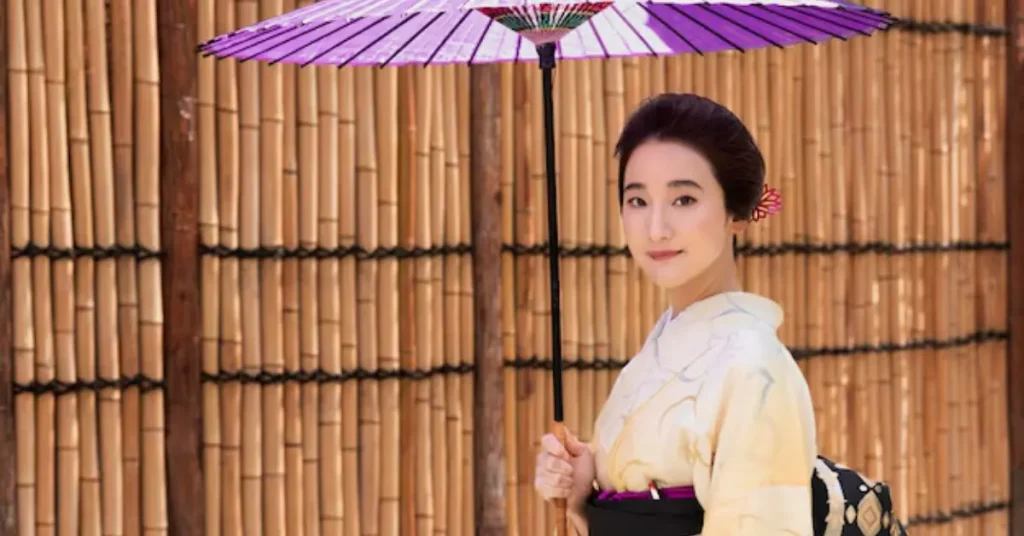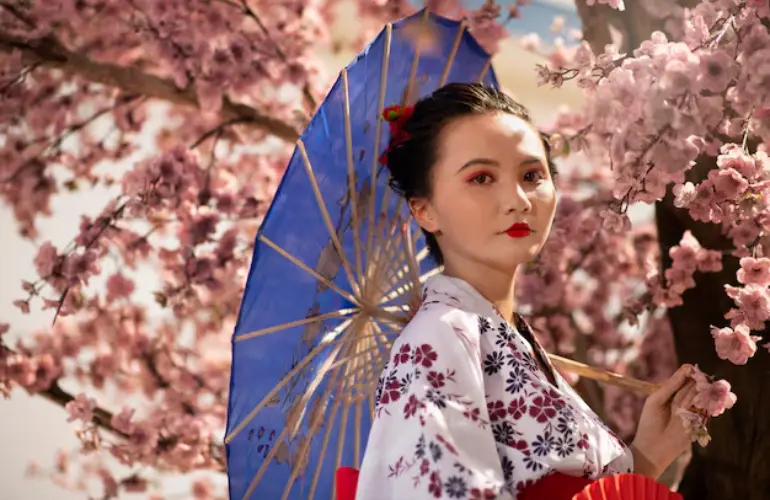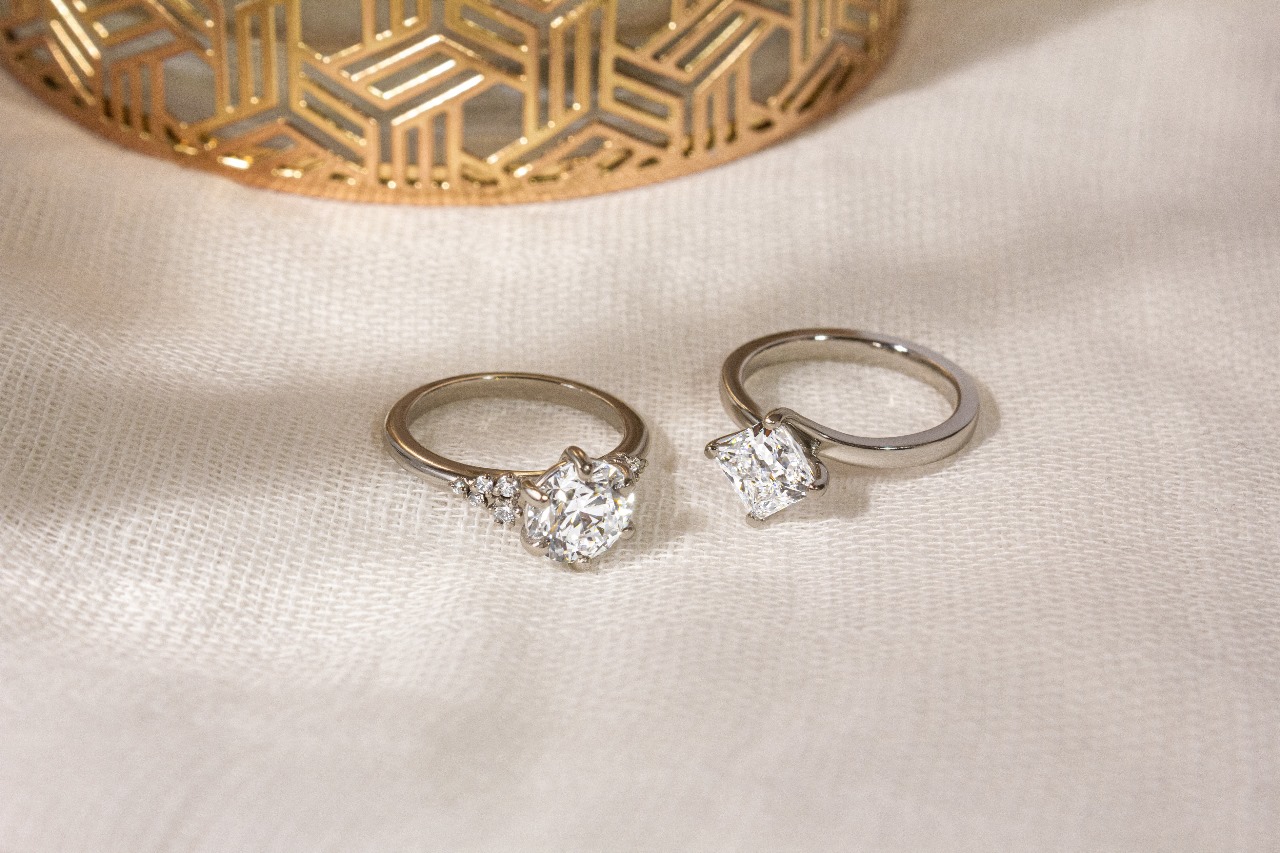Japanese fashion has been one of the leading styles in the world, setting trends because of the way it blends tradition with modernity. Defining bold designs and inventive panache, Japanese fashion is an inspiration for designers, influencers, and ordinary people alike worldwide. From traditional kimonos to avant-garde streetwear, Japanese fashion is in constant flux, but its place in global style will be timeless.
The Evolution of Japanese Fashion Over the Years
Japanese fashion has its roots in centuries-old tradition, yet has constantly adapted to the modern world. Centuries ago, Japan had traditional clothing like kimonos and yukatas. These garments are still worn on special occasions, reflecting the rich cultural heritage of the country. However, in recent decades, Japanese fashion went avant-garde. Designers like Yohji Yamamoto, Rei Kawakubo, and Issey Miyake changed the face of fashion with their bold and unconventional designs that defied the conventions of Western fashion.
What really makes Japanese stand out is its mixture of traditional and modern elements. It can be shown through the design by using intricate patterns and flowing silhouettes, down to the materials used for experimentation. This uniqueness continuously affects designers from all over the world and fashion enthusiasts alike.
Japanese Streetwear and Its Global Influence
One of the biggest influences wielded by Japanese fashion is on the aspect of streetwear. Japanese street fashion is all about bold, uninhibited styles; most people combine high-end designer items with pieces from the thrift store or self-made, creating something super individualistic. It is this audacity in fashioning themselves that has trickled into streetwear scenes around the world, from New York to Paris.
From Japanese brands such as BAPE-A Bathing Ape, Comme des Garçons, and Uniqlo, Japan was bound to go internationally recognized and find its place in the world of streetwear. Indeed, their influence is reflected in global streetwear’s way of embedding unusually creative designs that amalgamate simplicity with striking elements.
Japanese Designers Who Revolutionized the Fashion Industry
Various Japanese designers have shaped the world of fashion this way or that. Rei Kawakubo is considered one of the most subversive and avant-garde designers to have ever existed; the founder of Comme des Garçons is known for defying the very notion of traditional beauty, with her work bordering more on art than clothes then Read More.
Other innovative ideas in the realm of fashion came from Issey Miyake, whose radical fabric technologies introduced a new generation to jersey-stretching pleats. His pleated creations and experiments with new materials expanded the possibilities of how fashion could be created and worn.

Yohji Yamamoto designs very loose, minimalist clothes that can give comfort and allow flow. His designs move far away from the conventional Western silhouettes to offer a fresh take on clothes as functional, comfortable wear.
The Role of Japanese in Sustainability
Japanese , too, is trying its hand at going green. More and more, designers and brands in Japan are embracing sustainable methods. Many of them incorporate more recycled materials, ethical productions, and minimalistic designs to minimize waste. Design brands such as MUJI are crafted for simplicity and sustainability with timeless pieces rather than seasonal. This influence of sustainability is becoming increasingly necessary as designers and consumers alike continue to make conscious choices that will honor the Earth.
Why Japanese Will Continue to Shape Future Trends
In Japan, fashion isn’t just about clothes; it is story-telling, art, and identity. Japanese is from bold for fashion, edgy, timeless to classic for all tastes. Japanese fashion is an evolving parade of fearless fashion that will continue to inspire designers and lovers of fashion for years to come. Its impact on the rest of the world’s fashion is undeniable, and as the world becomes even more interconnected, Japanese fashion’s influence will continue to intensify.

What Makes Japanese Fashion Unique?
Japanese fashion includes both a mix of tradition and modern style, as well as avant-garde boldness. It unites the cultural element, an original silhouette, and experimental material-a very different view in comparison with Western fashion.
Which Japanese designers have had the greatest influence on world fashion?
With their groundbreaking and innovative designs that were both avant-garde and minimalist, respectively, one would say Rei Kawakubo, Issey Miyake, and Yohji Yamamoto managed to sweep through the fashion world and leave an indelible mark on global fashion.
How has Japanese streetwear influenced global trends?
Japanese streetwear, especially from areas like Harajuku, influences fashion scenes around the world with their daring mix of high-end and DIY elements. Globally recognized brands such as BAPE and Uniqlo have surfaced.
Is fashion sustainable?
Indeed, many Japanese brands link sustainability to the use of eco-friendly materials, ethical production, and minimalistic designs. Brands like MUJI pride themselves on simplicity and durability in fashion.
Will fashion continue to lead the way for global fashion?
The innovative thinking of Japanese fashion, combined with respect for tradition, means Japanese fashion will remain a trendsetter in global fashion trends also. The creativity and boldness in design will continue to inspire fashion enthusiasts from all over the world.

Conclusion
Japanese fashion contrasts with other global fashions because of its special blend between the cultural heritage and modern innovations. This is because it pushes forward the bounds of design while respect for tradition is kept intact, hence commanding relevance for so long. From avant-garde designs to streetwear pieces, Japanese does and will never cease to impress and create the future of fashion worldwide.





